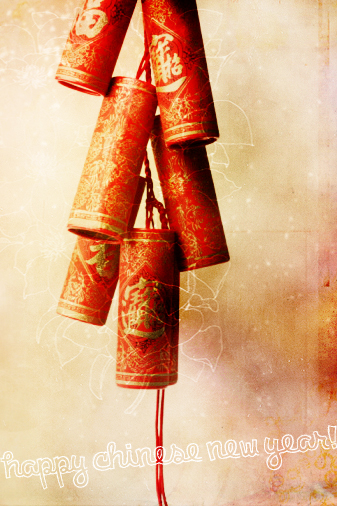.
The Tiger ( 虎 ), is one of the 12-year cycle of animals which appear in the Chinese zodiac related to the Chinese calendar. The Year of the Tiger is associated with the earthly branch symbol 寅.
The Tiger ( 虎 ), is one of the 12-year cycle of animals which appear in the Chinese zodiac related to the Chinese calendar. The Year of the Tiger is associated with the earthly branch symbol 寅.
Year Of The Tiger
 |
1914, 1926, 1938, 1950, 1962, 1974, 1986, 1998
Tiger people are sensitive, given to deep thinking, capable of great sympathy. They can be extremely short-tempered, however. Other people have great respect for them, but sometimes tiger people come into conflict with older people or those in authority. sometimes Tiger people cannot make up their minds, which can result in a poor, hasty decision or a sound decision arrived at too late. They are suspicious of others, but they are courageous and powerful. Tigers are most compatible with Horses, Dragons, and Dogs.
Here are some interesting cultural depictions about the tiger in Asian culture:
The tiger replaces the lion as King of the Beasts in cultures of eastern Asia, representing royalty, fearlessness and wrath. Its forehead has a marking which resembles the Chinese character 王, which means "king"; consequently, many cartoon depictions of tigers in China and Korea are drawn with 王 on their forehead.
Of great importance in Chinese myth and culture, the tiger is one of the 12 Chinese zodiac animals. Also in various Chinese art and martial art, the tiger is depicted as an earth symbol and equal rival of the Chinese dragon- the two representing matter and spirit respectively. In fact, the Southern Chinese martial art Hung Ga is based on the movements of the Tiger and the Crane. In Imperial China, a tiger was the personification of war and often represented the highest army general (or present day defense secretary), while the emperor and empress were represented by a dragon and phoenix, respectively. The White Tiger (Chinese: 白虎; pinyin: Bái Hǔ) is one of the Four Symbols of the Chinese constellations. It is sometimes called the White Tiger of the West (西方白虎), and it represents the west and the autumn season.
In Buddhism, it is also one of the Three Senseless Creatures, symbolising anger, with the monkey representing greed and the deer lovesickness.
Sala fighting the tiger, the symbol of Hoysala Empire at Belur, Karnataka, India.
The Tungusic people considered the Siberian tiger a near-deity and often referred to it as "Grandfather" or "Old man". The Udege and Nanai called it "Amba". The Manchu considered the Siberian tiger as Hu Lin, the king.
The widely worshiped Hindu goddess Durga, an aspect of Devi-Parvati, is a ten-armed warrior who rides the tigress (or lioness) Damon into battle. In southern India the god Aiyappa was associated with a tiger.
The weretiger replaces the werewolf in shapeshifting folklore in Asia; in India they were evil sorcerers while in Indonesia and Malaysia they were somewhat more benign.
The weretiger replaces the werewolf in shapeshifting folklore in Asia; in India they were evil sorcerers while in Indonesia and Malaysia they were somewhat more benign.
The Tiger is the national animal of Bangladesh, Nepal, India (Bengal Tiger) Malaysia (Malayan Tiger), North Korea and South Korea (Siberian Tiger).
 The Tiger in Literature and Popular Culture:
The Tiger in Literature and Popular Culture:The tiger continues to be a subject in literature; both Rudyard Kipling, in The Jungle Book, and William Blake, in Songs of Experience, depict the tiger as a menacing and fearful animal. In The Jungle Book, the tiger, Shere Khan, is the wicked mortal enemy of the protagonist, Mowgli. However, other depictions are more benign: Tigger, the tiger from A. A. Milne's Winnie- the-Pooh stories, is cuddly and likable. In the Man Booker Prize winning novel "Life of Pi," the protagonist, Pi Patel, sole human survivor of a ship wreck in the Pacific Ocean, befriends another survivor: a large Bengal Tiger. The famous comic strip Calvin and Hobbes features Calvin and his stuffed tiger, Hobbies. A tiger is also featured on the cover of the popular cereal, Frosted Flakes (also marketed as "Frosties") bearing the name "Tony the Tiger".
Source: Wikipedia
Want to learn more about the Chinese New Year? Check out these websites:

Chinese New Year
China the Beautiful: Chinese New Year
The History of Chinese New Year - History.com




No comments:
Post a Comment